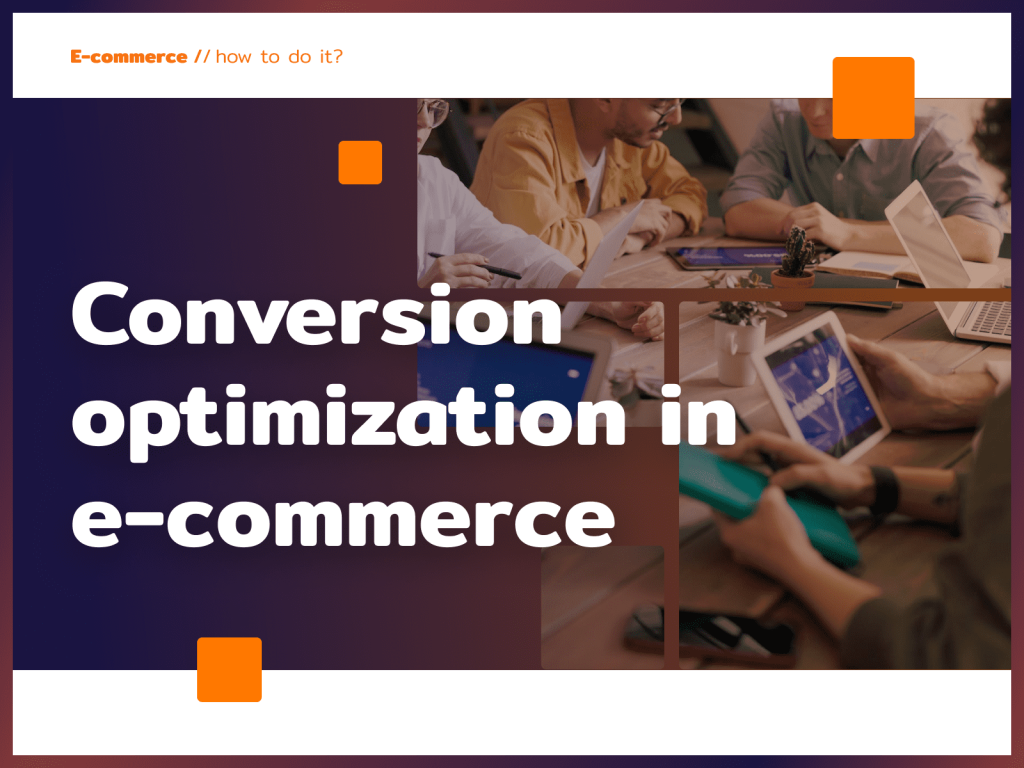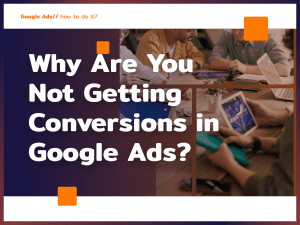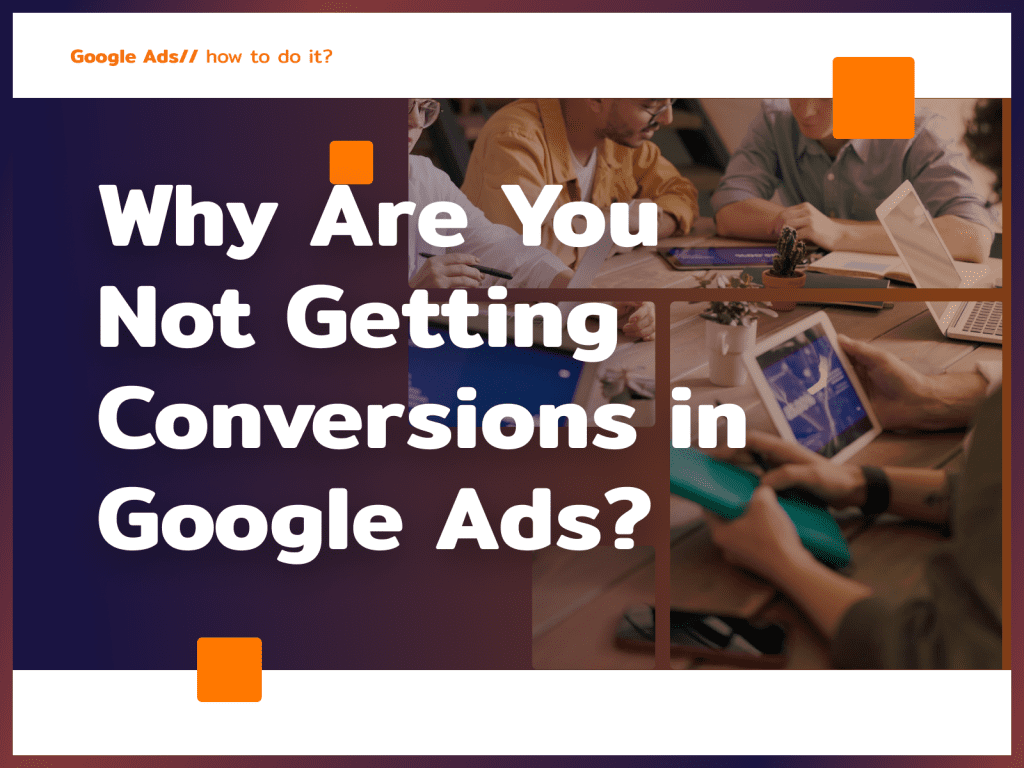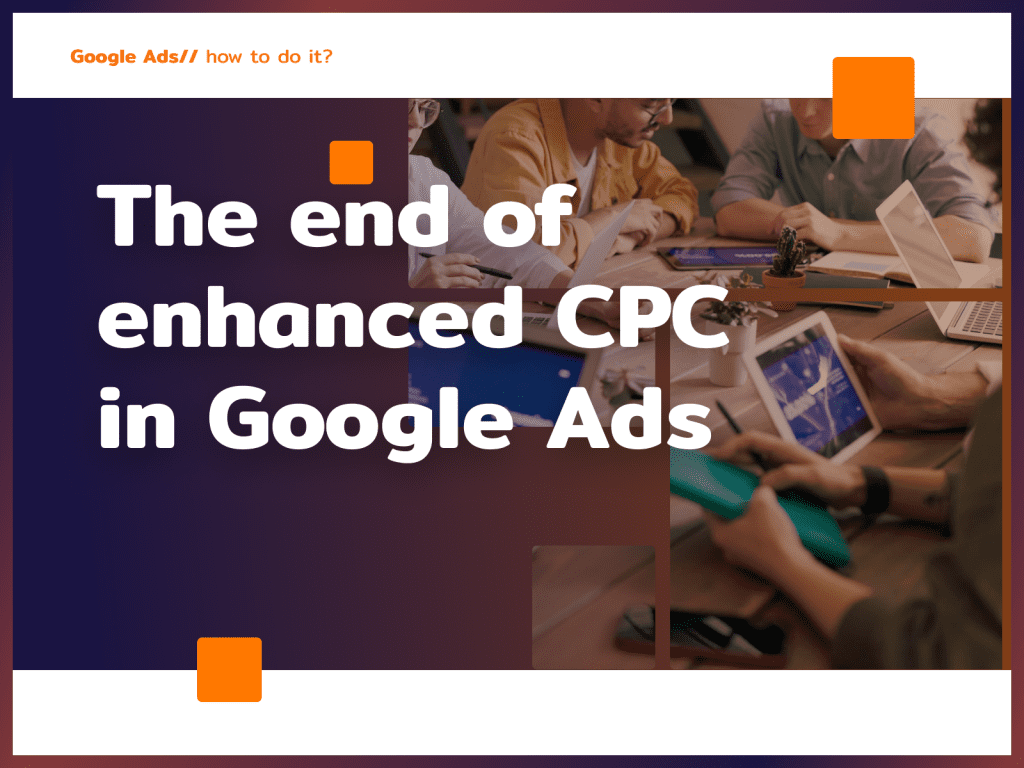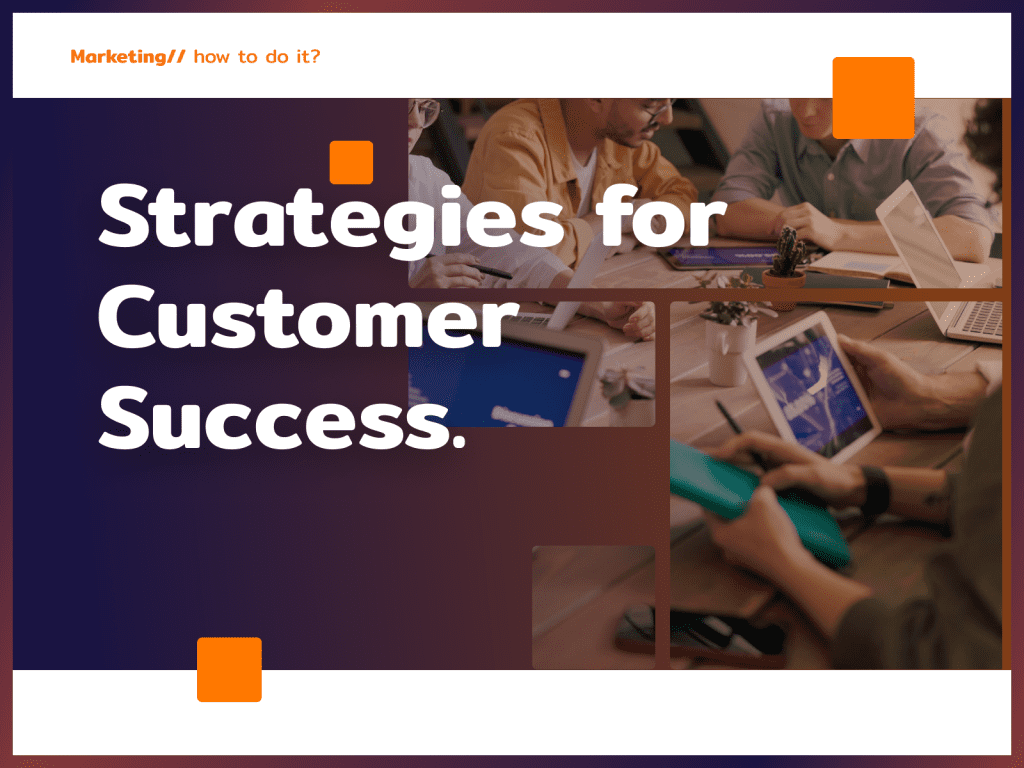Conversion is a key concept for anyone operating in e-commerce. If you don’t know it yet – it’s good that you came here.
In this article:
- You will learn the meaning of the terms conversion, conversion rate and conversion optimization;
- You will learn the importance of conversion rate for online stores;
- you will gain knowledge of what actions are conducive to conversion optimization;
- wysondudud why conversion optimization will be profitable for you.
Every website was created for some purpose: informational, to generate leads, to solicit inquiries, or finally to sell. A conversion occurs when an Internet user fulfills the site’s goal. Because of my specialization in online store promotion, these are the ones I will focus on. The main goal of any online store is to make a sale, and it is the user’s making a purchase that we call a conversion. If we were to approach the matter in more detail, we could distinguish micro-conversion and macro-conversion. The relationship between the two is due to the fact that sometimes before a user completes the main goal of the site (i.e., making a purchase), he or she takes smaller steps (such as signing up for a newsletter).
Conversion rate – why should you measure it?
You may come across the term conversion rate, which means exactly the same thing as conversion rate – namely: the number of sales made per the number of visitors to an online store. It is the conversion rate that allows you to determine whether the store is making a profit and whether it is at a satisfactory level. You calculate the conversion rate by dividing the number of conversions by the website traffic.
What is conversion optimization?
As you delve deeper into e-commerce analytics, you’ll hit upon the concept of conversion optimization, which can address a variety of issues. You can optimize conversions in the context of Ads or SEO – in this case, conversions are mainly about the number of clicks on individual results (sponsored and organic), as well as the amount of acquired traffic resulting from given keywords. Since every online store owner is most interested in sales and the resulting profits, in this article I will focus on conversion rate optimization – CRO. The goal of conversion rate optimization is to increase the percentage of users who purchase from an online store. To achieve this goal, it is necessary to provide the customer with a positive experience when visiting the store, as well as to make the path to finalizing the purchase as simple as possible.
How to improve in-store conversions – what matters for optimization?
Conversion optimization can take place on many levels. And while it most often involves changes to the website, it’s worth being aware that external factors also affect conversion. Unfortunately, not all of them we can control. Product pricing, brand reviews or sales process considerations are often outside the realm of change for improving conversions. But beyond these few exceptions, there are plenty of elements and aspects of the purchasing process that we can improve. Only first they need to be located and defined.
Some of the most effective activities that bring conversions to an online store include:
- Special care for web usability – refine the site so that the customer who visits it navigates smoothly and seamlessly. It is important to eliminate errors that make it difficult to navigate the store, search for products, or finalize sales.
- Calling customers to action (CTA) – in a good online store, the right messages (e.g., “add to cart” or “proceed to checkout”) help customers take the next step and finalize their purchase.
- Refining the conversion path – we are actually once again revisiting what the customer encounters on our website and what actions they need to take to hit the “pay” button with a full shopping cart.
- Image of the ideal customer – create Buyer Persona. In order to create an online store that is ideally suited to customers, you need to have a clear picture of such a customer, get a feel for their needs, as well as their concerns or potential problems.
- Testing – you have to like it. Internet sales is such a strong field that many before you have already faced numerous problems and found solutions for them. Hence, it is known that often the best way to increase conversions in a store is to test the behavior of its users. How to do it? A/B testing – display two versions of the site to users, you will find out which one generates more conversions. If you want to test more variables at the same time, you will do it with the MVT testing method, that is, on multiple varieties. However, the above methods require a large number of users generating many conversions. If your store doesn’t yet have that kind of sales power, it’s worth starting with classic testing – introducing a change and observing whether it increases conversions thanks to it
Ready to grow?
How will improving in-store conversions affect your business?
- Profit growth
Suppose you run a store where each product costs £100. With a conversion rate of 2% – let’s assume that out of 100,000 visitors, 2,000 will purchase exactly one product. Thus, these sales generate revenue of PLN 200,000. Raising the conversion rate to 7% and maintaining the assumption of purchasing a product for £100, monthly revenue will increase to £700,000. This is why conversion rate optimization is a very beneficial activity.
- Increase in return on investment
Conversion optimization leads to maximum utilization of current resources. This means making the most of website traffic and users who are already coming to the store. If you want to earn more, it’s obviously worth investing in good advertising and fighting for more potential customers as well.
- Growth of valuable customer base
With conversion optimization, you will get to know your customers better. Advanced analytics promotes conversion optimization, but also provides data about users visiting an online store. You will learn about their needs, preferences and online shopping habits. You can use this data to create a marketing strategy, expand your store’s assortment or run effective promotional campaigns.
- An online store that inspires trust and a positive experience
Customers in online stores need several elements that ultimately convince them to make a purchase. And so even the best assortment at a sensational price will not generate profits if the store does not inspire confidence. Therefore, it is a necessity to invest in building brand credibility and providing positive experiences. Conversion optimization is conducive to achieving such goals.
Step-by-step conversion optimization
Wondering how to optimize conversion? Rest assured, I will show you step by step.
Analysis
Simply stating that conversion in a web store is too low is not enough. We need data, only after analyzing it do we take further steps. Locating the discrepancy between the performance of our store and the expectations and needs of our customers is the basis for success in conversion optimization.
What data do we need and where do we get it from? We analyze everything related to conversion: products, customers, market specifics, customer acquisition channels, sales effectiveness and much more. Therefore, to make it easier to collect data, it’s a good idea to use analytics tools for site traffic, site usability or industry sales trends. Fortunately, there are plenty of such tools. They are available on the Internet, some of which are free, while others require payment of an access fee. But in each case, they definitely streamline the work and lead to what is most valuable for us – conclusions to work on conversion optimization. Some examples of tools that are worth knowing and using:
- Google Analytics 4 – the basis for learning about traffic to your website. Particularly precise data on customers coming from Google search. Essential for analyzing the effectiveness of Google Ads. It allows advanced analysis of traffic on the website and mobile app.
- Google Search Console, a tool created for webmasters, provides data that will be useful to marketers and store owners. Thanks to it, you will learn, among other things. what the customer paths look like or from which subpages they most often leave your site.
- Tools for creating heatmaps, i.e. maps showing how users move around the site, cursor tracking, click and scroll statistics, etc. Examples of such tools include Microsoft Clarity, Crazy Egg and HotJar.
- Templates for creating buyer persona – suggest what aspects of building a persona you need to remember, what questions to ask yourself. All this is done so that the customer can find what he expects on our site – not only a valuable assortment and attractive prices, but also convenient forms of payment, various delivery options, the possibility and terms of return, etc.
- Tools for testing changes made to increase conversions – free Google Optimize or paid Optimizely work well here.
Hypothesis
To make changes you need a hypothesis, which should include three elements:
- way to resolve the issue,
- explanation of potential success,
- The assumed effect of the introduced change.
Examples of hypotheses:
Adding information about free delivery will increase the value of the cart by X%.
Reducing the number of fields to be completed will increase the number of submissions through the form by X%.
Priorities
It’s time to verify the hypothesis and decide on which subpages to start optimization, which actions give the greatest chance of success to the whole operation and will bring the most benefits.
Testing – testing the hypothesis
At this stage, we are using proven measures, such as the AB tests already mentioned above.
Applications
Summarize the solution and, if effective, implement it.
Summary
The above steps taken during conversion optimization are, of course, a simplified path, assuming a very positive course of the entire process. In practice, improving conversions in an online store often requires careful observation and analysis of the data, several revisions of hypotheses, a great deal of ingenuity, and extreme care in making changes. That’s why you should consider handing over conversion optimization to specialists, which is sure to save you time, nerves and money. Whether done on your own or with the help of someone experienced – conversion optimization translates not only into profits, but also into the development of the website, as well as the development of the entire business.
